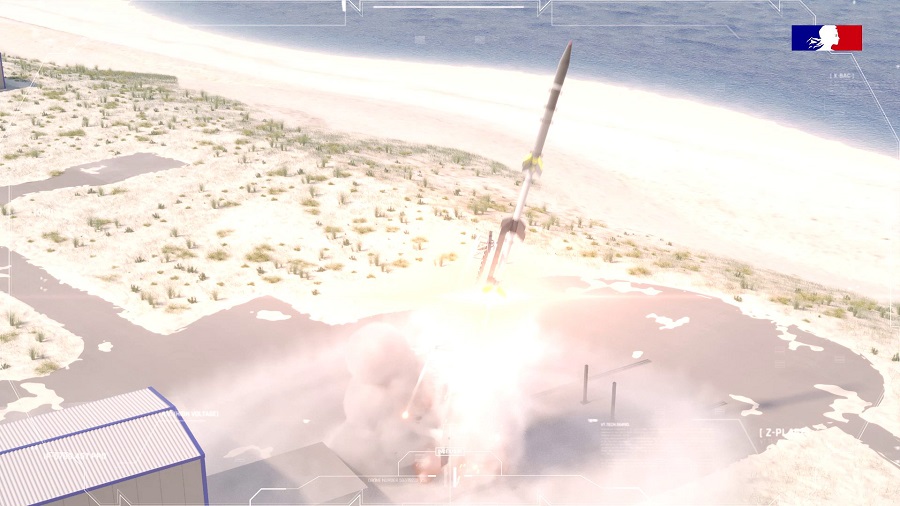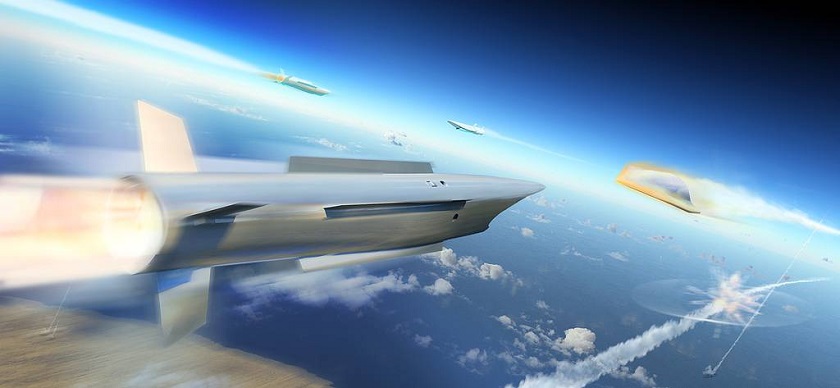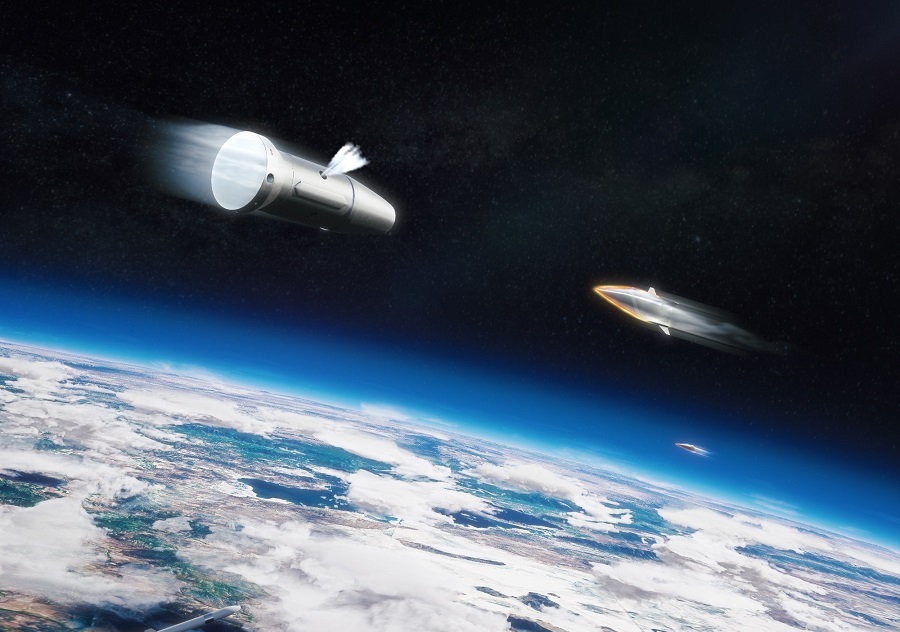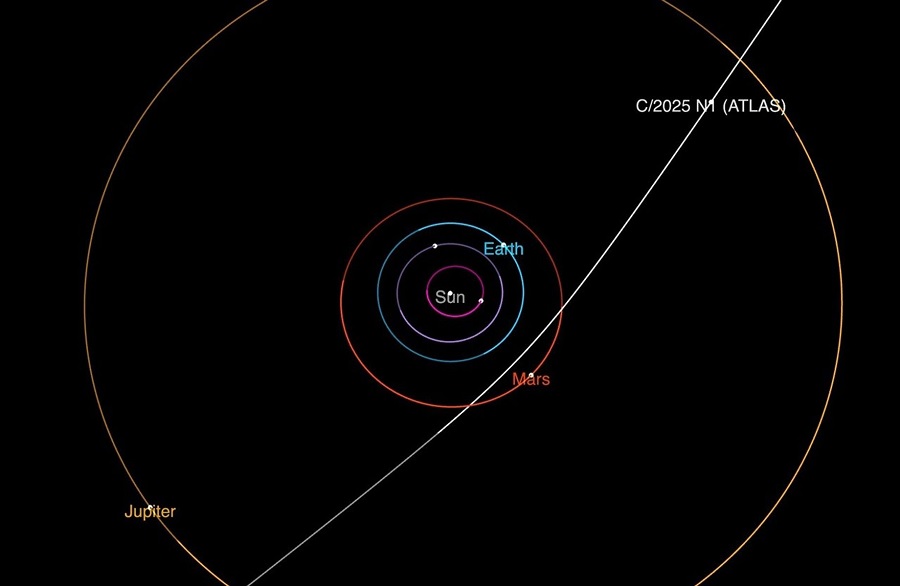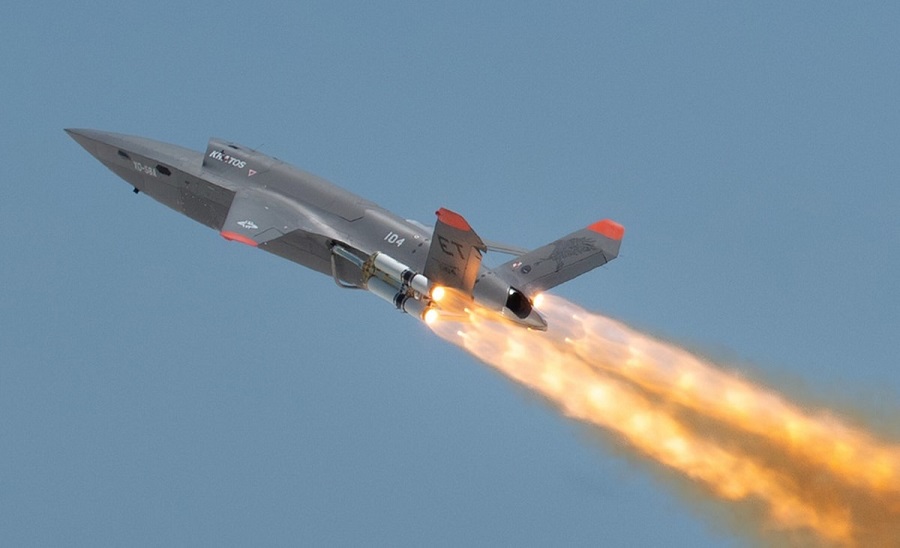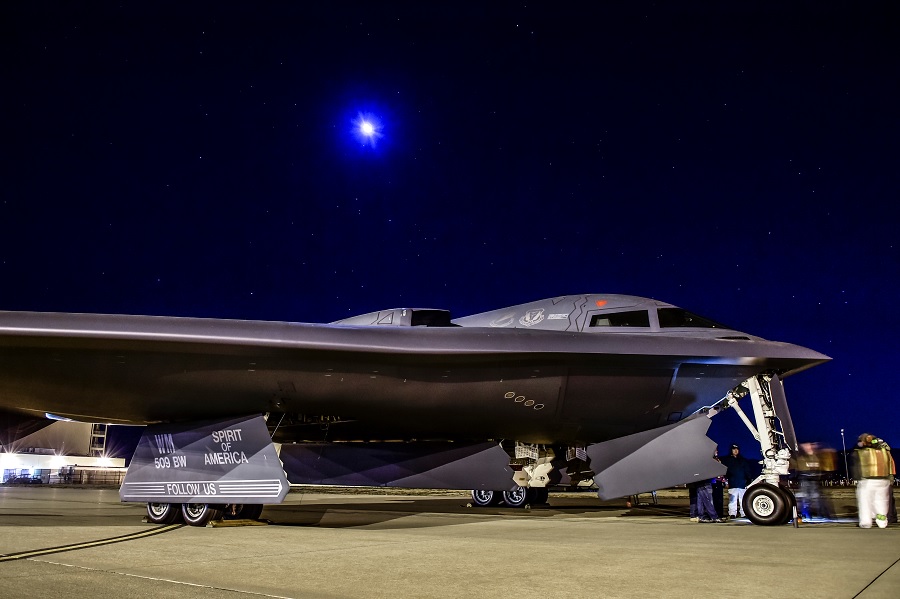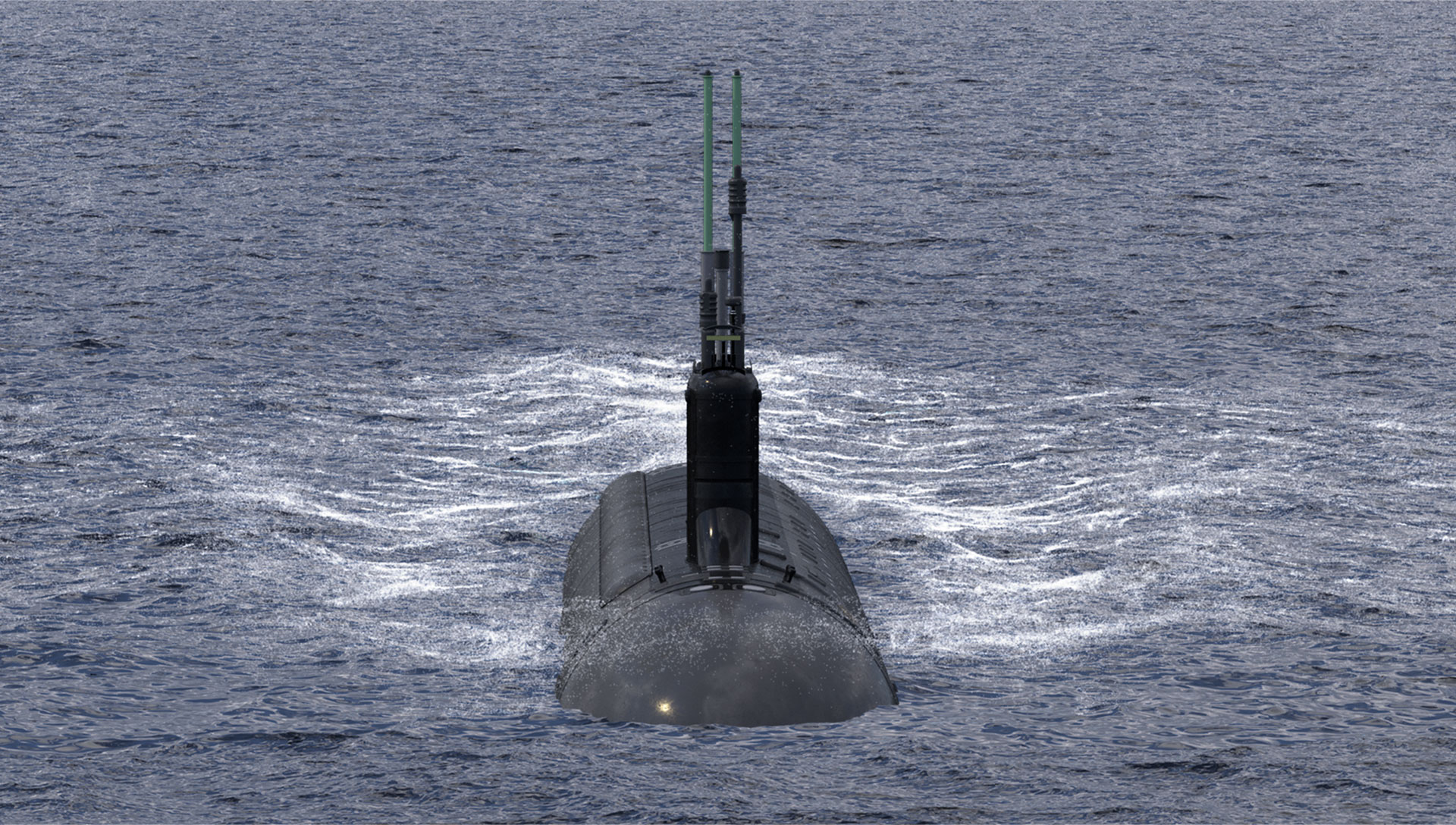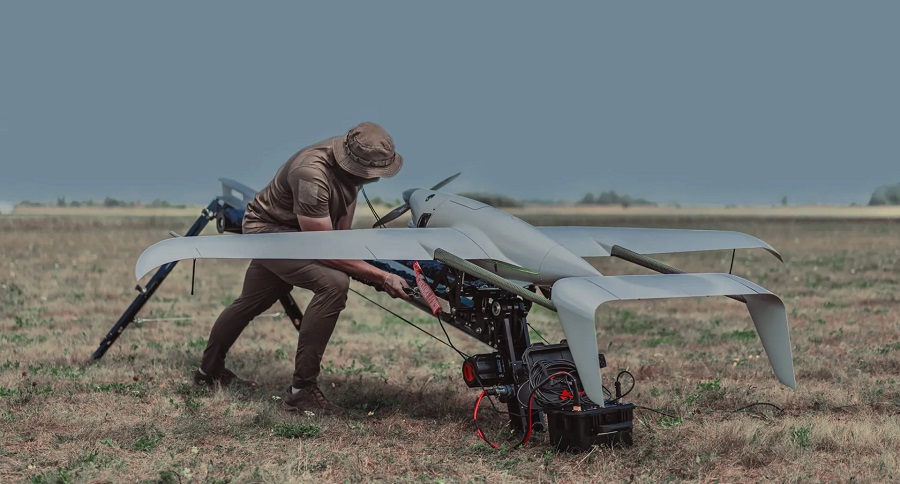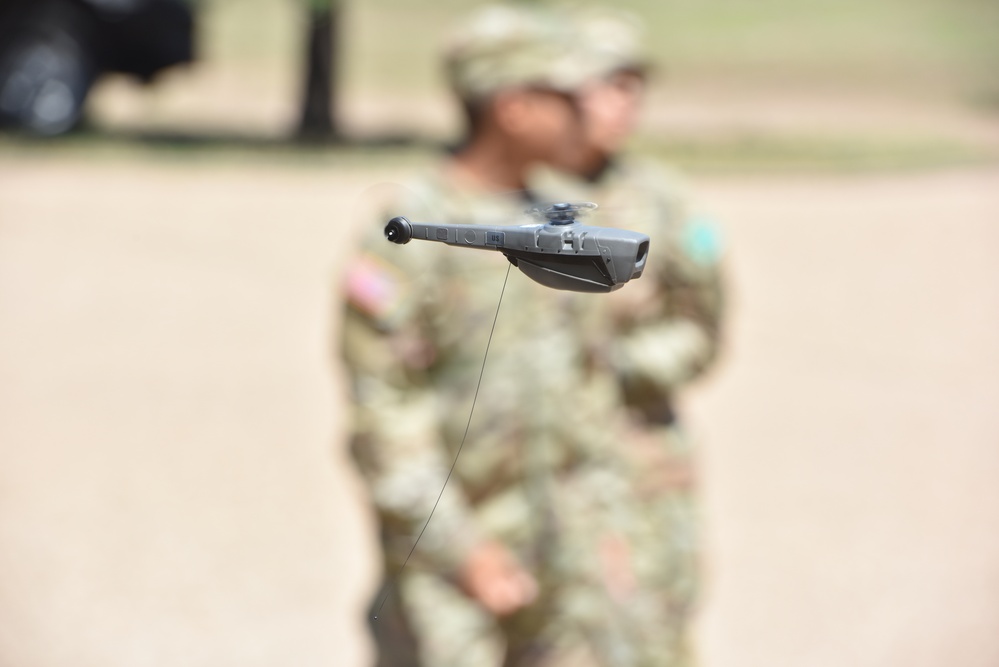According to the French defence procurement agency DGA, the test took place at the Biscarosse missile test site on the Bay of Biscay, nestled in the picturesque southwestern region of France. A sounding rocket, carrying the revolutionary VMAX hypersonic glider, soared into the sky on Monday, embarking on a demanding long-range trajectory that posed an unprecedented technical challenge, as affirmed by the DGA.
The agency’s statement emphasized the test’s crucial role in shaping the future of France’s national hypervelocity roadmap. While specific details regarding the test’s outcome were not disclosed, it was confirmed that an extensive analysis of the data collected during the test is currently underway, fueling anticipation and excitement within the defence community.
Back in 2019, France had entrusted the prestigious aerospace company ArianeGroup with the responsibility of managing the VMAX programme. The program’s primary objective was to develop a hypersonic glider demonstrator that would unlock new possibilities for military applications.
Hypersonic gliders have been the subject of intense study and exploration by major nuclear powers for several years. These unpowered marvels are capable of maneuvering at speeds exceeding Mach 5, equivalent to a staggering 6,000 kilometers per hour. Typically, a rocket propels the glider to a lofty altitude, tens of kilometers above the Earth’s surface. From there, the glider and its payload descend back to Earth at blistering hypersonic speeds.




